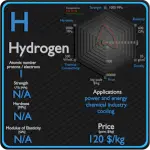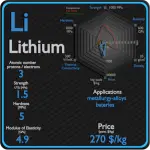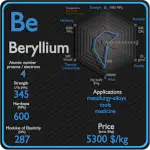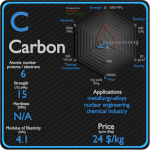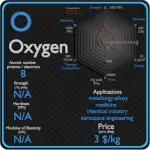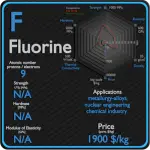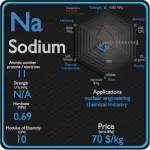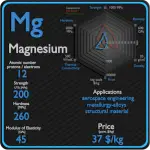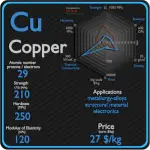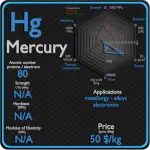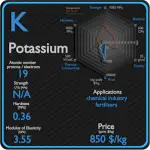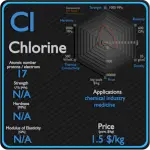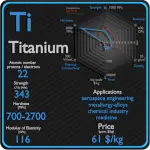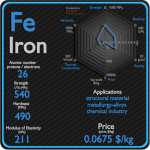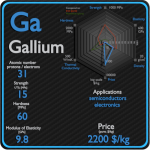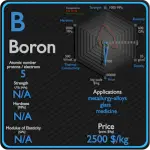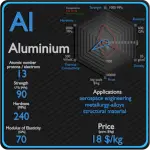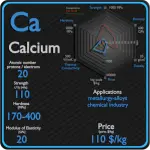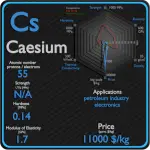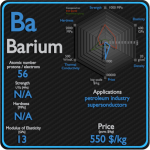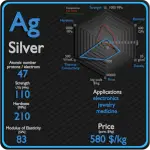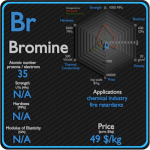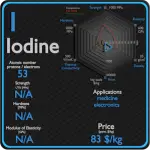This article contains comparison of key thermal and atomic properties of aluminium and chlorine, two comparable chemical elements from the periodic table. It also contains basic descriptions and applications of both elements. Aluminium vs Chlorine.
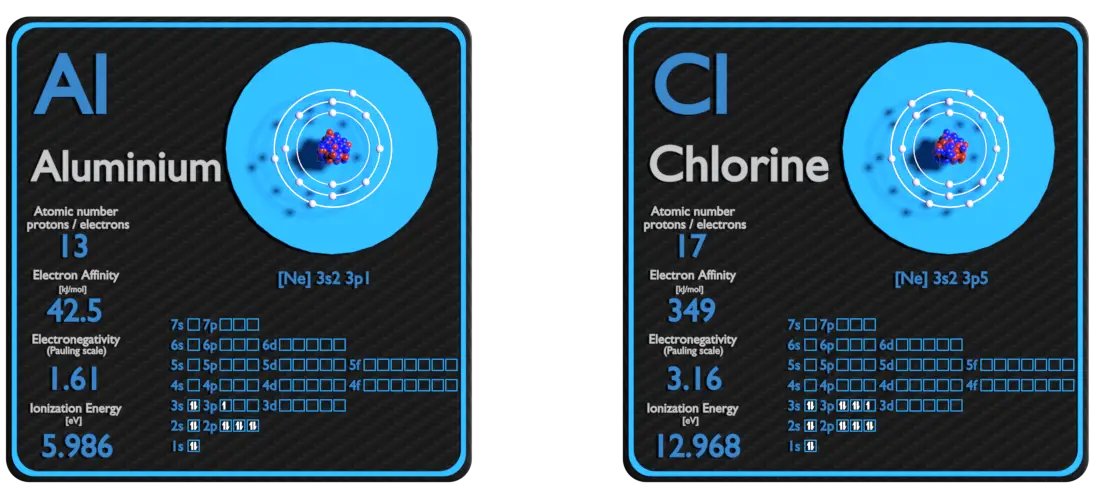
Aluminium and Chlorine – About Elements
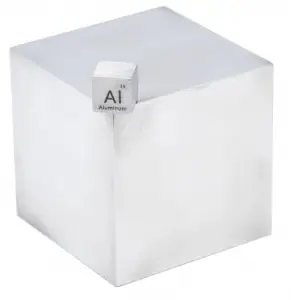
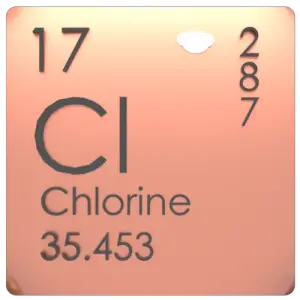
Source: www.luciteria.com
Aluminium and Chlorine – Applications
Aluminium
Aluminium and its alloys are used widely in aerospace, automotive, architectural, lithographic, packaging, electrical and electronic applications. It is the prime material of construction for the aircraft industry throughout most of its history. About 70% of commercial civil aircraft airframes are made from aluminium alloys, and without aluminium civil aviation would not be economically viable. Automotive industry now includes aluminium as engine castings, wheels, radiators and increasingly as body parts. 6111 aluminium and 2008 aluminium alloy are extensively used for external automotive body panels. Cylinder blocks and crankcases are often cast made of aluminium alloys.
Chlorine
Chlorine is used in the manufacture of a wide range of consumer products, about two-thirds of them organic chemicals such as polyvinyl chloride (PVC), many intermediates for the production of plastics, and other end products which do not contain the element. As a common disinfectant, elemental chlorine and chlorine-generating compounds are used more directly in swimming pools to keep them sanitary. While perhaps best known for its role in providing clean drinking water, chlorine chemistry also helps provide energy-efficient building materials, electronics, fiber optics, solar energy cells, 93 percent of life-saving pharmaceuticals, 86 percent of crop protection compounds, medical plastics, and much more.
Aluminium and Chlorine – Comparison in Table
| Element | Aluminium | Chlorine |
| Density | 2.7 g/cm3 | 0.0032 g/cm3 |
| Ultimate Tensile Strength | 90 MPa (pure), 600 MPa (alloys) | N/A |
| Yield Strength | 11 MPa (pure), 400 MPa (alloys) | N/A |
| Young’s Modulus of Elasticity | 70 GPa | N/A |
| Mohs Scale | 2.8 | N/A |
| Brinell Hardness | 240 MPa | N/A |
| Vickers Hardness | 167 MPa | N/A |
| Melting Point | 660 °C | -101 °C |
| Boiling Point | 2467 °C | -34.6 °C |
| Thermal Conductivity | 237 W/mK | 0.0089 W/mK |
| Thermal Expansion Coefficient | 23.1 µm/mK | N/A |
| Specific Heat | 0.9 J/g K | 0.48 J/g K |
| Heat of Fusion | 10.79 kJ/mol | 3.23 kJ/mol |
| Heat of Vaporization | 293.4 kJ/mol | 10.2 kJ/mol |
